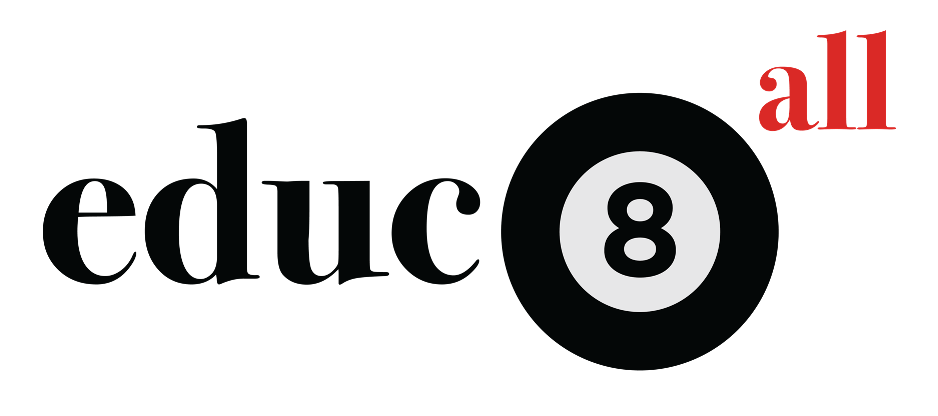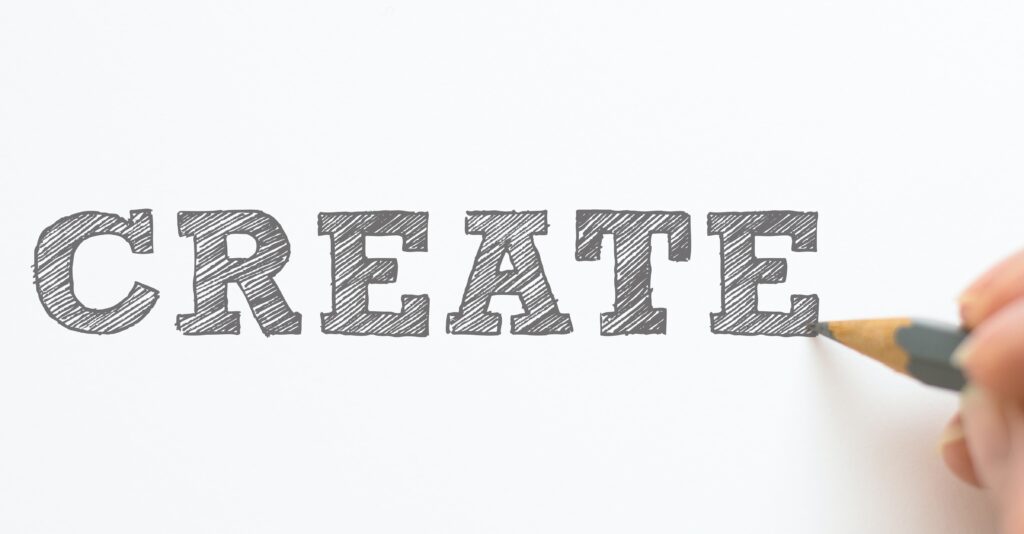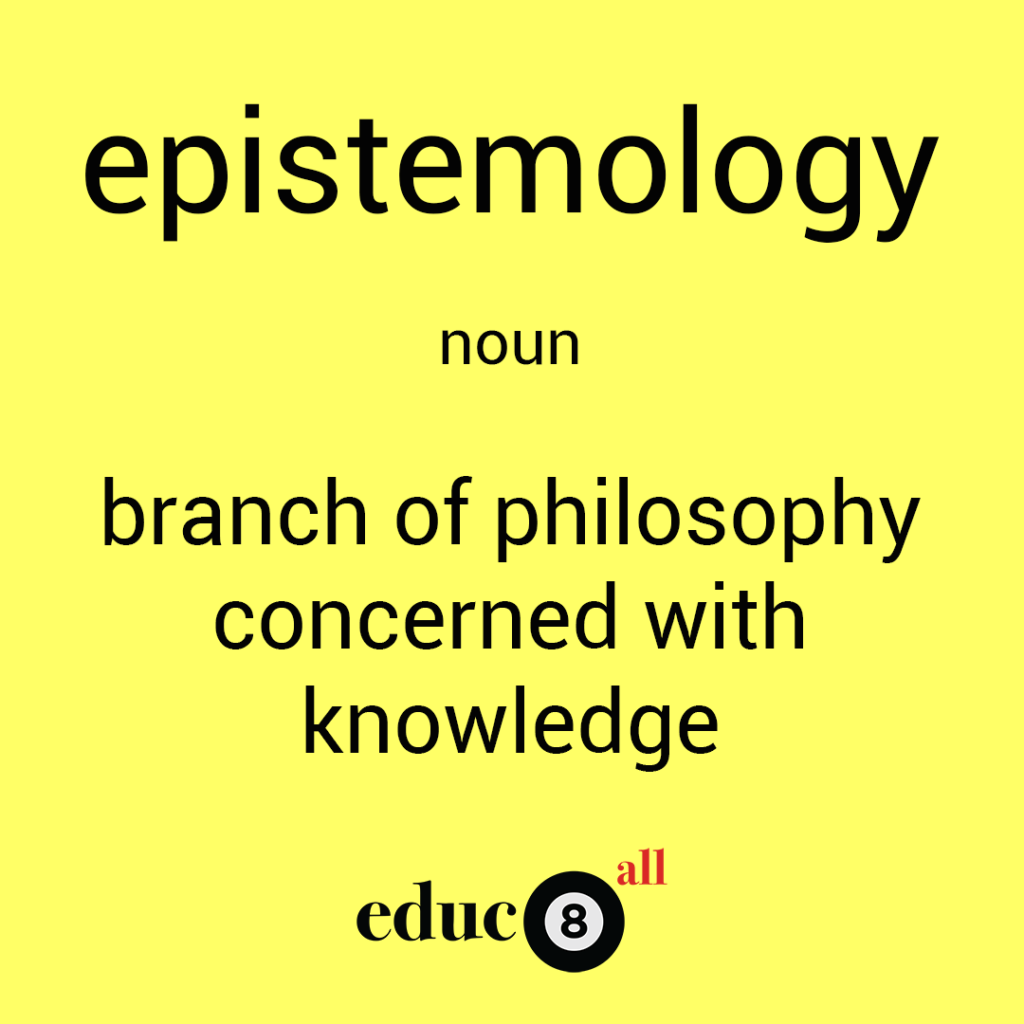
Cognitive load
Have you ever been overwhelmed by the amount of information given to you by someone teaching you something? Perhaps you only retained a fraction of the information and even then you’re not sure you remembered it correctly? If you have experienced this, it’s possible that the cognitive load was too much.

The concept of cognitive load is based on a model of human information processing. Our senses are constantly receiving information and when performing specific actions, not all of it is retained by our sensory memory. If we think of classrooms, there are the audio-visual clues provided by the teacher as well as any other props they may be using (whiteboard, screen etc.). The reality is that there is so much more going on. There is audio-visual sensory information from other students sat nearby. There may be smells, there may be tactile information from the feel of the pen in the and the hand steadying the book we write in. Not all of this information is retained.

That which is retained enters into our working memory where even more can be discarded. One key paper in the field of psychology, The Magical Number Seven, Plus or Minus Two, points to some of the limits on the number of chunks of information our working memory can hold. As ever, there is some nuance to this short-hand but it’s helpful to understand from an order of magnitude perspective.
The idea that our working memories have a maximum cognitive load that they can hold has important implications for what is taught and when. The simplest implication to understand is that this affects the intensity of the teaching that takes place in that one will not want to overload the learner with too much cognitive load. This can help from a top-down perspective of how to design the learning journey for a class of learners.
For a bottom-up perspective, we can look at this from the perspective of an individual learner. At this stage, it’s worth explaining how we store knowledge. When information is stored in our long-term memories, it is stored in a structure known as a schema. As we learn new things, we assimilate the new knowledge by linking it to existing schema or accommodate the new knowledge by creating new schema. Our capacity to learn is therefore influenced by our existing schema. The implication is that knowing what and how much a learner knows (and has committed to long term memory) will make it easier for the teacher to tailor the learning.
While we may simplify the above to “don’t overload learners with too much information at once” and “we should space out the learning in line with what the learners already know”, it is important to know these learning mechanisms at work behind the scenes.
You can find the next post in our a2z series of important education terms and concepts HERE.






Responses